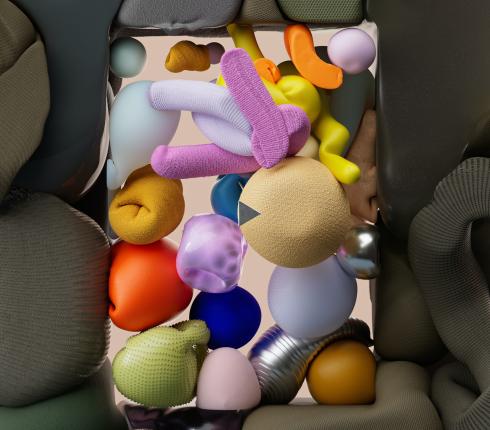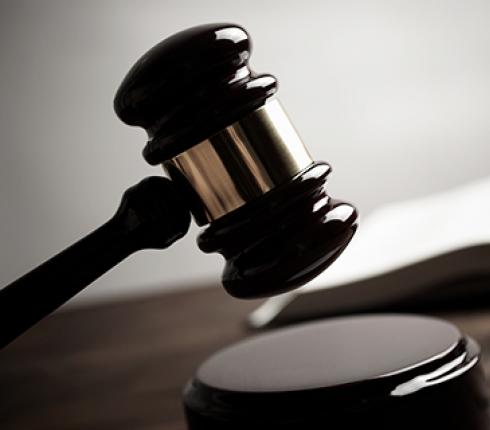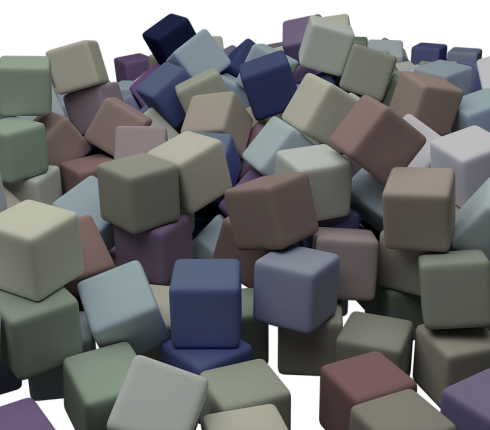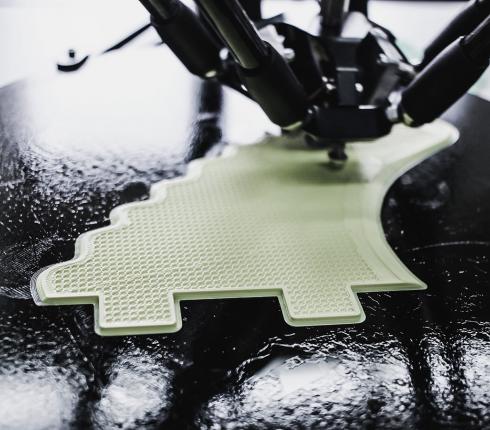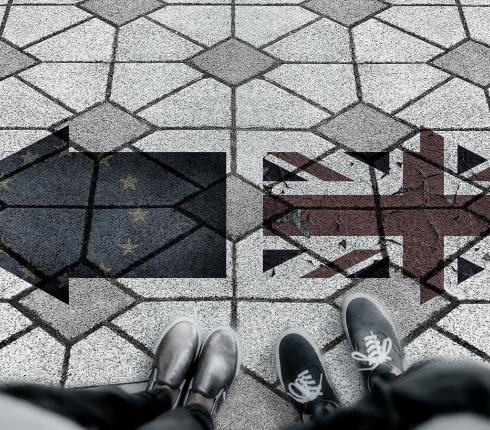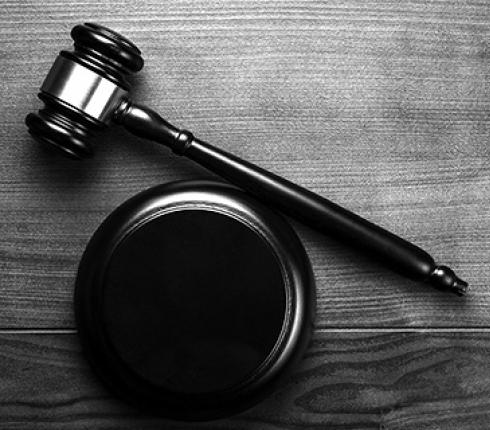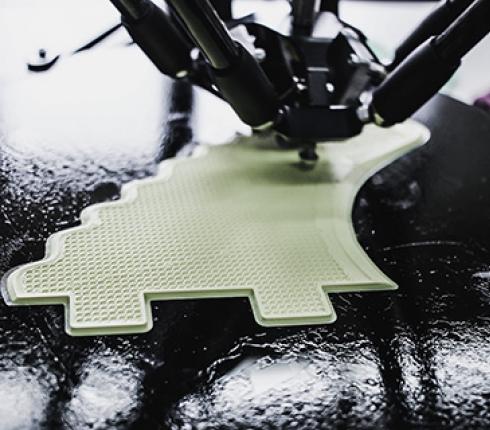Can the purchase of crypto art infringe intellectual property rights?
Given the rising popularity of NFT, it is safe to say that the once experimental trend is growing into a new type of art – crypto art. NFT means a non-fungible (non-substitutable) token (set of rules encoded in a smart contract) stored on a blockchain. Its function is to certify the uniqueness of a digital asset and prove its ownership. In other words, NFT represents a digital file that can be paintings, photos, videos, audio and another type of files. Prices for some NFTs are shockingly high. The latest record was set at the end of 2021 when the digital artwork The Merge created by an anonymous digital artist with the nickname Pak was sold for almost $100 million on the marketplace Nifty Gateway.

Like any other new technology, the NFT raises several legal concerns, including intellectual property issues in the creation, use, and trading with the NFT.
Does NFT give you intellectual property?
The NFT art can be bought and sold for cryptocurrency. Transactions with NFTs are recorded on a blockchain permanently and are irreversible. It provides the owner of an NFT with proof of ownership of the file underlying the NFT. It makes this technology trustworthy and explains its popularity. However, intellectual property rights are a separate issue from the ownership record. NFT itself does not certify that an art object has been converted into NFT and listed on the marketplace lawfully.
The protection of intellectual property applies both in the physical world and in the world of blockchain. NFT technology does not remove the legal requirement to obtain the prior authorisation of the intellectual property rights holder (IP rights holder) to use their intellectual property for the creation of the NFT. If no such authorisation has been obtained, NFT can constitute copyright, trademark, or industrial design infringement and involve legal liability. Furthermore, if NFT uses a person's image without the permission of the person concerned, it can violate an individual's privacy and data protection rights.
No one can digitize a painting, video, or another object that embodies intellectual property and turn it into an NFT without ensuring that it does not infringe anyone's intellectual property rights. Also, the work purchased as an NFT cannot be used for commercial purposes, for example, placed on goods, used as logos or patterns on products or services, or otherwise ignoring the rights of the IP rights holder. For instance, if one wants to create an NFT out of a painting, the permission of the painter is required. As a rule, the term of protection of copyright in Estonia is the life of the author and seventy years after her or his death. Thus, until the painting becomes a public domain, permission must be sought from the author or their heirs to make the NFT.
Crypto art is traded on special platforms/online marketplaces. As a rule, platforms disclaim their liability for possible infringement of intellectual property. OpenSea which defines itself as the world's largest digital marketplace for crypto collectibles and NFTs requires in its Terms Of Service its users to confirm having all rights and permissions necessary to create, submit, promote, or display the content through the platform. OpenSea will take down works in response to intellectual property infringement claims and is entitled to terminate a user's access to the service. It was the case with “MetaBirkins”. Early this year, Hermès, the French luxury brand, sued a digital artist for selling NFTs that included images with the iconic Birkin Bag. Hermès accused the artist of infringing upon the trademark rights of Hermès, cybersquatting, and harming the business reputation.
Hermès alleges that the consumers have been confused about the connection between the MetaBirkins collection of NFTs and authentic Birkin handbags. The counterargument of the artist was that he was not selling the digital bags but the art. Also, the artist referred to the freedom of artistic expression. The core question, in this case, is probably whether the use of Hermès’ bags created consumer confusion that the NFTs come from Hermès and how far the rights of the trademark owner in the metaverse extend. The platform removed the NFTs based on the request of Hermès. For the buyers of MetaBirkins, the refund of the purchase price is problematic as transactions in the blockchain cannot be reversed. This lawsuit has not been resolved yet, so the world is waiting to know whose rights will prevail.
Based on the abovesaid some general recommendations can be given:
To the creators of NFTs and traders: Before creating NFTs, ensure that you have the rights and permissions to the files you are planning to turn into an NFT. It is useful to determine what rights the NFT purchaser will acquire - whether they can use the work, for example, for commercial purposes and under what conditions. If somebody discovers that their intellectual property has been used without their consent, they can make claims against you, including payment of compensation, and demand removal of the NFT from the marketplace.
To the purchaser of NFTs: Read the platform's terms carefully. If the platform does not promise anything regarding the intellectual property rights, then there can be potentially a risk of a claim from the IP rights holder. Some platforms however promise in their policies the legally correct status of NFTs and regulate which rights the purchaser of NFT will receive under the license. The worst-case scenario for you is if the platform will take down the infringing work and will not facilitate any further transactions with it. You might also be in trouble with receiving the paid purchase price back. This is because the transactions on the blockchain are irreversible and the identity of the seller might be anonymous.









